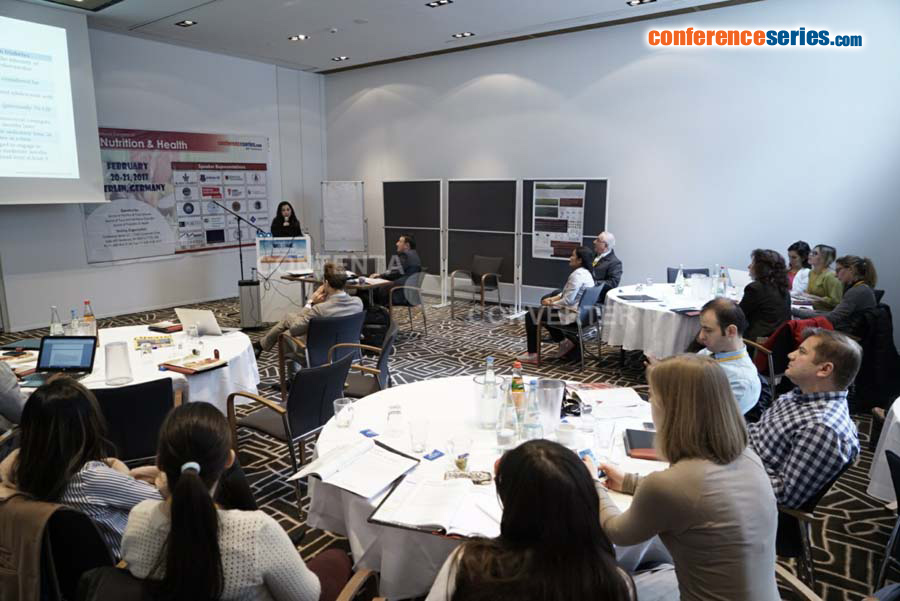
Nivetha Natarajan Gavriilidou
Lund University, Sweden
Title: High degree of BMI misclassifi cation of malnutrition among Swedish elderly population: Age-adjusted height estimation using knee height and demi-span
Biography
Biography: Nivetha Natarajan Gavriilidou
Abstract
The degree of misclassification of obesity and undernutrition among elders owing to inaccurate height measurements is investigated using height predicted by knee height (KH) and demi-span equations. Cross-sectional investigation was done among a random heterogeneous sample from five municipalities in Southern Sweden from a general population study 'Good Aging in Skåne' (GÅS). The sample comprised two groups: Group 1 (KH) including 2839 GÅS baseline participants aged 60-93 years with a valid KH measurement; and Group 2 (demi-span) including 2871 GÅS follow-up examination participants (1573 baseline; 1298 new), aged 60-99 years, with a valid demi-span measurement. Participation rate was 80%. Height, weight, KH and demi-span were measured. KH and demi-span equations were formulated using linear regression analysis among participants aged 60-64 years as reference. Body mass index (BMI) was calculated in kg/m2. The results obtained were: undernutrition prevalences in men and women were 3.9 and 8.6% by KH, compared with 2.4 and 5.4% by standard BMI, and more pronounced for all women aged 85+ years (21% vs. 11.3%). The corresponding value in women aged 85+ years by demi-span was 16.5% vs. 10% by standard BMI. Obesity prevalences in men and women were 17.5 and 14.6% by KH, compared with 19.0 and 20.03% by standard BMI. Values among women aged 85+ years were 3.7% vs. 10.4% by KH and 6.5% vs. 12.7% by demi-span compared with the standard. In conclusion, there is an age-related misclassification of undernutrition and obesity attributed to inaccurate height estimation among the elderly. This could affect the management of patients at true risk. We therefore propose using KH- and demispan-based formulae to address this issue.

